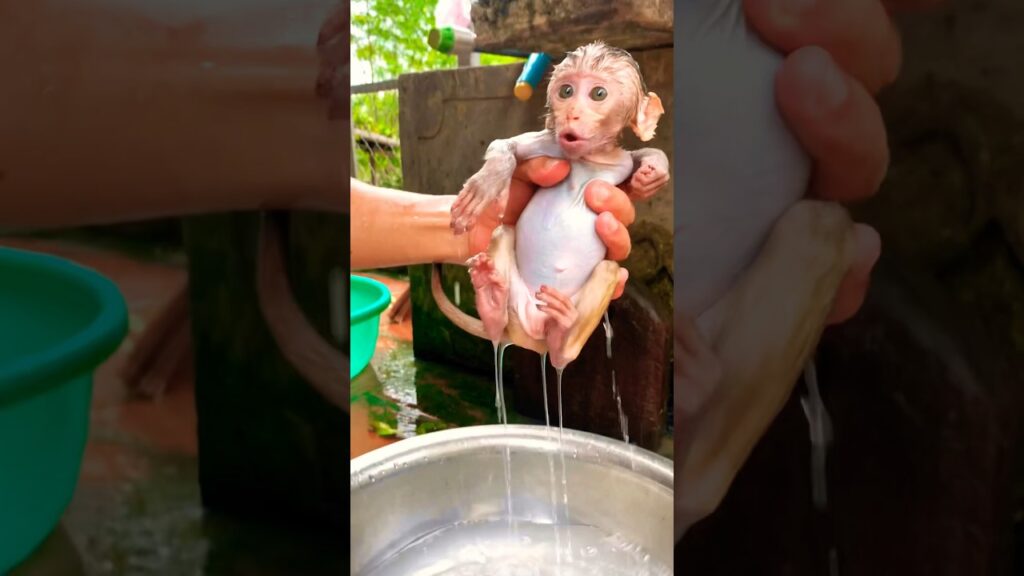A new baby gibbon is a heartwarming addition to any zoo, wildlife sanctuary, or natural habitat. Gibbons, known as “lesser apes,” are members of the Hylobatidae family and are celebrated for their agility, melodic vocalizations, and social bonds. The arrival of a baby gibbon is not only an adorable event but also an important moment in conservation efforts for these endangered primates.
Gibbons are native to the dense forests of Southeast Asia, and they are highly adapted for life in the treetops. Their elongated arms, strong hands, and ball-and-socket wrist joints allow them to perform breathtaking acrobatics. Baby gibbons begin their lives clinging tightly to their mothers, who care for and protect them. This close bond is essential for the infant’s survival and development.

The birth of a baby gibbon often sparks excitement and interest, as it represents hope for the species’ survival in the face of deforestation, poaching, and habitat loss. Gibbons are classified as endangered or critically endangered, depending on the species, making every birth a vital contribution to their population. Conservation programs in zoos and sanctuaries worldwide work tirelessly to ensure that these primates have a future.
In their early weeks, baby gibbons are entirely dependent on their mothers. They are born with soft fur and closed eyes, resembling tiny, delicate bundles of life. The mother carries her baby everywhere, whether she is feeding, swinging through the trees, or resting. Nursing provides the baby with the nutrients and antibodies it needs to grow strong. Fathers and other group members often play a role in protecting the infant, showcasing the gibbons’ complex social dynamics.
As the baby grows, it begins to explore its environment under the watchful eyes of its family. At around six months, the young gibbon starts experimenting with the swinging motions, or brachiation, that are the hallmark of its species. This stage of development is crucial for building strength and coordination. Juvenile gibbons are playful and curious, spending hours engaging in social interactions that help them learn survival skills.
The songs of gibbons are another fascinating aspect of their behavior. These loud, elaborate calls are used to establish territory, attract mates, and strengthen family bonds. As the baby matures, it learns to contribute its voice to these choruses, adding its unique note to the harmonious calls that echo through the forest.
The presence of a baby gibbon can also draw attention to broader conservation issues. Zoos and sanctuaries often use the birth of such an animal to educate the public about the threats facing gibbons in the wild. Visitors learn about the importance of preserving rainforests and combating illegal wildlife trade. By fostering a connection between people and these primates, the hope is to inspire action and support for conservation efforts.
In conclusion, a new baby gibbon is much more than just an adorable addition to the animal kingdom. It is a symbol of resilience, a testament to conservation efforts, and a reminder of the beauty and fragility of our natural world. Protecting these animals and their habitats ensures that future generations can continue to marvel at the charm and grace of these remarkable primates.
